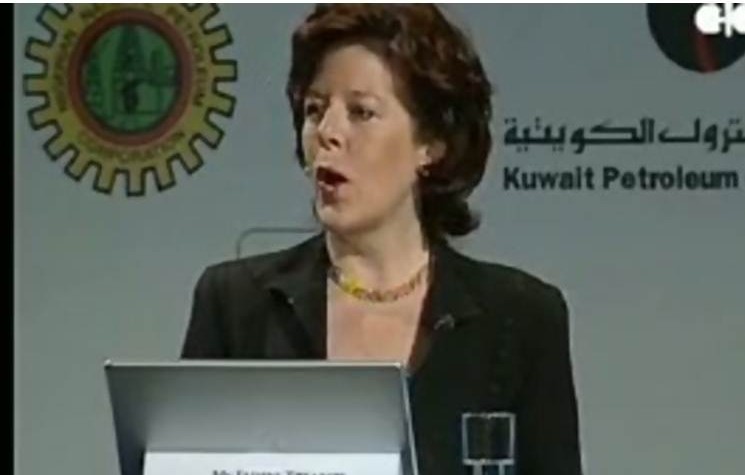Market Overview: Signs of economic growth particularly in Asia bring a sense of optimism to oil markets

By Eithne Treanor
The resilience in the oil price was welcomed this week as signs of growth brought a temporary sense of optimism back to the market. The geopolitical and economic uncertainty continue, adding volatility to the market but investors are searching beyond the headlines, looking forward and in early trading on Friday, Brent crude was trading above US$65 with WTI close to US$59 a barrel.
The oil market is getting used to dealing with the relentless good news, bad news combination of scenarios. The oil price lost 3 per cent on Thursday as strength returned to the dollar and American producers were keenly eyeing a stronger oil price. Stronger economic data from Asia brought a sense of stability, as China’s oil imports were up 13 per cent to 30.29 million tonnes of crude for April.
Earlier in the week, HSBC reported that the Chinese manufacturing sector was at its lowest this year. The official Chinese PMI figure released by the National Bureau of Statistics came in over the crucial 50 figure, but HSBC said the reality for April was 48.9. China’s economic growth now seems to be stuck around 7 percent but China’s oil demand is still estimated at 11 percent of global demand for the year.
The chief economist and executive director elect of the International Energy Agency, Fatih Birol says that global energy demand is “getting slightly but surely stronger” as a result of better than expected economic growth in Europe, US and in some Asian countries. If the economy continues to maintain strength, Birol says he does not see the price going back to last year’s low of US$45 a barrel, maintaining more around US$70 a barrel.
This week’s report from Capital Economics disagrees and sees movement to a lower price more likely. “Prices have been boosted by evidence that the previous sharp falls have undermined US production, the reversal of some of the earlier dollar strength, a surge in speculative buying, and hopes for a pick-up in demand, particularly from Europe.” The report says that “oil prices are now more likely to fall than to rise further over the rest of the year and our end-2015 forecast for Brent remains US$60 a barrel.”
Talking on the sidelines of the Gulf Intelligence, Abdullah bin Hamad Al Attiyah International Energy Awards in Doha this week, Birol said that capital expenditure by many major international companies has been cut substantially, about 20 percent compared to the year before, mainly in the US and in Canada. “This is having implications as the production is slowing in those high cost areas, putting downward pressure on production with less oil on the market.”
Capital Economics says these players can quickly come back to the market as the price rises, warning about another cycle to come. “OPEC supply is ample, even before any boost from the easing of sanctions on Iran, while US output could quickly rebound and the active rig count in the US may soon start to rise again.”
There is still significant strength in the market on the production and consumption side with the Middle East remaining “the most important oil region in the world for many years to come,” according to Birol. Looking at longer-term growth he says, “India in terms of energy will be the new China in coming years.
“China’s energy demand growth will grow down as the economy moves from heavy industry based economy to a lighter economy.” He adds, “India will be crucial in the next years to be the engine of energy demand growth, especially in coal and oil.” Birol sees a stronger growth in the economy boosted by higher population growth. The only obstacle and challenge to this growth will be the need for “investment, investment, and investment.”
Birol says the market can expect a new and improved image of the IEA under his leadership. He said he was “honoured” to be leading this global energy organisation and said that his main priority would be to change the perception of the IEA from being “a rich man’s energy club.”
Birol says it’s time to move the important producer – consumer dialogue to a new level and he intends to turn the IEA into a “truly international energy organisation” working closer with all producing countries and especially the countries of the Middle East and Asia.
The ongoing disruption in Libya is keeping the price higher with no resolution in sight. American crude stockpiles rose 1.6 million barrels last week to hit record highs in 17 weeks. The sentiment may be brighter, but the fundamentals of the oil market remain clearly over weighted on the supply side.
Comments (0)